- Fleas in cats
- Fleas in cats
- Flea eggs and larvae
- Fleas in kittens
- The consequences of fleas in cats
- Getting rid of fleas
- Flea Shampoos
- Flea collar
A cat is that fluffy little ball that gives its owners love and devotion, filling the house with special warmth. For their part, people should be careful about their pet and take care of its health. One common problem is having cat fleas. This is the most common parasite in animals, especially if they visit the street, although people living in the house are not immune from infection.
At the first signs of a flea in a pet, it is necessary to immediately take measures to destruction at home. After all, parasites can cause great harm to a cat, as they are carriers of dangerous diseases. Eating blood, insects are capable of bite a person and infect him. You can get rid of fleas with success at home. But before that, you should consult with your veterinarian and choose effective drugs or folk remedies. You should not hesitate, because in advanced cases the pet's immunity weakens, which will entail very serious consequences. Therefore, all owners should know how fleas in cats look, the first signs of infection and what means to deal with them.
General characteristic of fleas
In most cases, cat fleas that live in pet hair are one of the most common types of insects - cat flea or Ctenocephalidesfelis. They can also parasitize on other animals, such as dogs, rats, rabbits, as well as, on occasion, feed on human blood. At the same time, there are other types of fleas on a cat. Visually distinguishing them to a layman is almost impossible, but you can examine in detail the photos posted in the article.
- Fleas in cats
- Fleas in cats
Cat flea is most common in cities, which is confirmed by studies conducted by Russian parasitological scientists. This is due to the fact that in the settlements there are a large number of stray animals that settle in the basement of apartment buildings. Unsanitary conditions contribute to the spread of this variety of insects. If your pet walks on the street then, returning to the house, he can bring fleas on himself:
- after talking with the inhabitants of the cellars;
- having walked through the contaminated area;
- catching eggs or insect larvae with paws.
People are also able to bring parasites to their premises on shoes or clothes, because flea eggs can fall from the wool of infected animals anywhere.
Outwardly, the parasites resemble small, very smooth and shiny plant grains. Body length reaches 2-3 mm. Different insects of this species differ in the structure of the head and the number of bristles on the legs. You can study them in detail only with the help of a microscope or by carefully looking at the cat’s flea photos posted in our article. Parasites have such structural features:
- The elongated and oblate body, which allows you to quickly move between the villi of the animal’s hair, is covered with numerous spikes and bristles.
- The lack of wings.
- Long hind legs providing high jumping ability and the ability to move on the surface at any angle.
- Dark brown or black color of hard chitinous cover.
- The oral apparatus is piercing-sucking, equipped with a special stylet for piercing the skin.
Interesting! Fleas can jump 30 cm in length and 19 cm in height. This is more than a hundred times their body size.
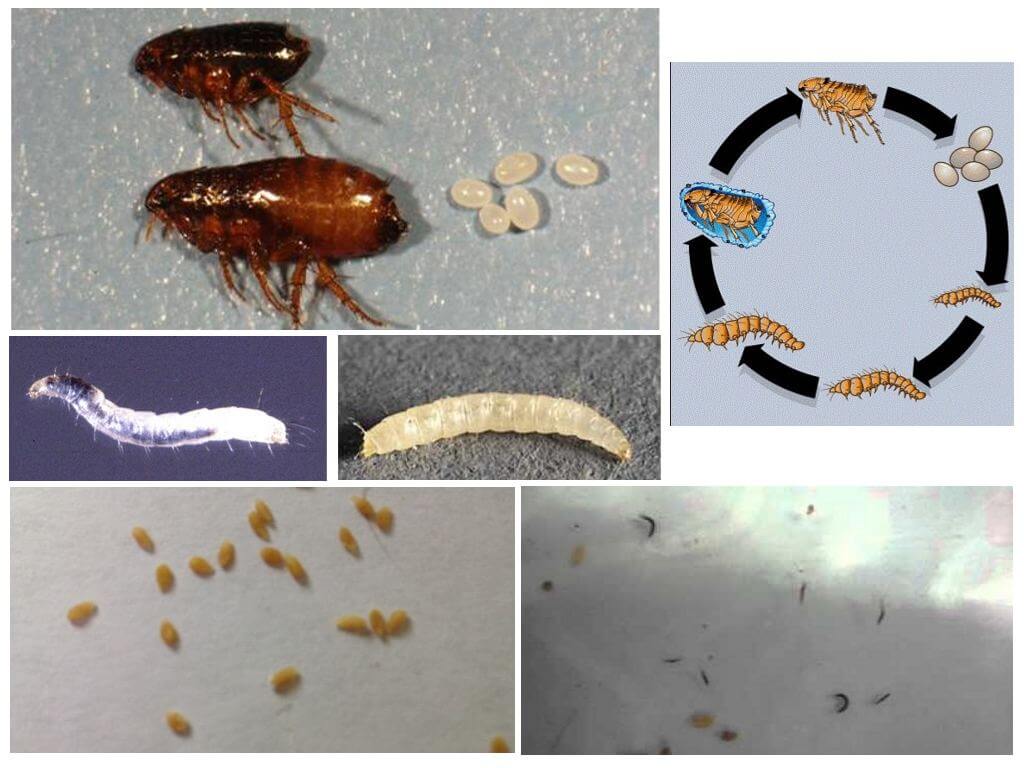
Reproduction of bloodsuckers occurs with a full cycle of transformation, that is, they go through the stages of an adult insect, egg, larva and pupa. The life span of an insect is about two years. They multiply very rapidly - the female can lay up to two thousand eggs for the entire period. A flea puts them back wherever they want. This fact is explained by the fact that she “shoots” them and the contents of the masonry scatter in different directions with great speed. You can see how the flea eggs look in cats. Their number can reach up to 30 pieces per day. After about two weeks, larvae appear from them. In appearance, they resemble a worm. Flea larvae in cats live in litter, dust, or they can be found on the litter of a pet. They feed on decaying organic matter or blood in the excrement of adult parasites. Over time, the larva turns into a chrysalis and emerges from it as an adult insect.
Interesting! The appearance and structure of the flea almost did not undergo any changes over 50 million years. This fact is confirmed by archaeological finds of scientists.
Signs of cat parasites
The presence of fleas in cats can be determined by specific symptoms that are difficult not to notice:
- Constant itching, the cat does not just itch, but bites into the fur with anger.
- The animal is anxious, meowing plaintively, drawing attention to itself.
- Rash on the skin in the form of red dots.
- During combing, brown lumps spill out of the wool, this may be dried blood at the site of bites or feces of fleas.
- When viewed on the body and in the hair of an animal, elusive parasites are visible.
The presence of fleas in a cat can be indicated by helminths, which can be noticed by examining the animal's feces.
The initial stage of infection can be difficult to determine, because it is almost impossible to visually detect parasites, and the behavior of the animal is almost no different from how it always manifests itself. But if you notice that the pet is often scratched, it must be carefully examined. The presence of tiny black dots between the hairs indicates that they are flea excrement. Caring owners should take immediate action to eradicate parasites.
Consequences of infection
Untimely taken measures can lead to grave consequences:
- The animal drops hair at the sites of flea bites. Affected areas of the skin become inflamed and swollen.
- Constant itching leads to the formation of deep non-healing wounds.
- Continuous skin irritation leads to dermatitis and dermatophiliasis.
All this leads to a deterioration in the physical and mental state of the animal. Scientists have proven that these parasites are the owners of several dozen worms. Flea larvae feed on helminth eggs, which can maintain their viability in the stomach of an adult insect. Gnawing a flea, the cat is sure to pick up such a sore as helminthiasis. All of these are striking examples of how fleas are dangerous.
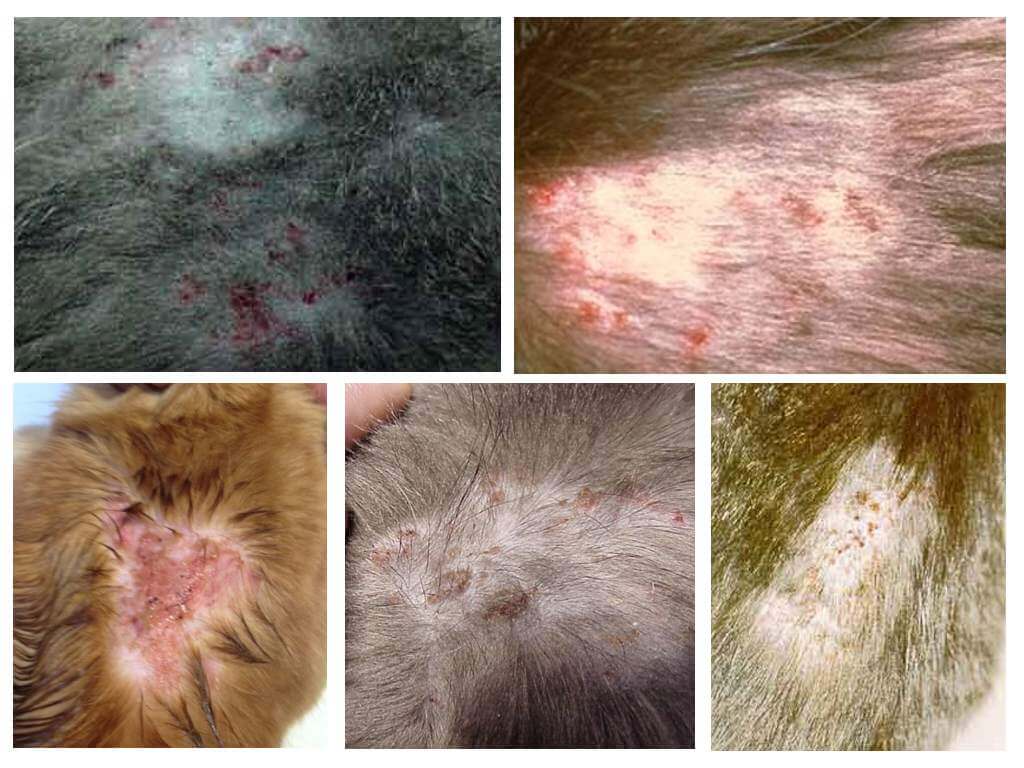
Bloodsuckers spread dangerous fungal and viral infections. Among them are serious diseases such as mycoplasmosis - damage to various organs of a cat, rickettsiosis - a febrile state of an animal. The last stage of infection can lead to complete baldness of the pet, and also it may have mental problems.
Fleas for kittens are very dangerous.The fragile organism of a small animal is not able to resist such a serious danger that it can lead to irreversible consequences. If you find signs of flea bites on a cat waiting for offspring, you must get rid of them immediatelyafter consulting with a specialist. Untimely treatment adversely affects kittens and maternal health.
Cat fleas are rarely able to bite a person. The consequences are fraught with both small and big troubles. When bitten, an insect introduces a special substance into the victim's body that prevents blood coagulation. The human immune system responds to them in the form of an allergic reaction. At the same time, fleas are carriers of serious diseases:
- plague
- typhoid;
- brucellosis;
- encephalitis;
- anthrax;
- rabies;
- salmonellosis and more than 200 serious illnesses.
They are all very dangerous to people and animals. Therefore, at the first detection of fleas in a cat, it is necessary to treat an infected animal immediately.
Preparatory measures before treatment of the animal
Having an idea of how a flea looks in a cat, it is necessary to take into account the fact that parasites use the animal as food, and they live and breed in the immediate vicinity of it. Therefore, the effectiveness of the fight against bloodsuckers involves a number of measures:
- Carefully comb out the animal with a special brush or try to catch at least partially parasites. How many fleas may be difficult to say, but the pet will become much easier after this procedure.
- Consulting with a veterinarian to choose shampoo for cats and other insecticidal drugs.
- Treat the cat, strictly following the instructions in the instructions.
- Wear a pet as a preventative measure anti-flea collar.
- Limit the cat's communication with animals living on the street and monitor its cleanliness.
- Disinfect the apartment and the litter of the animal, or replace it with a new one. Using special means it is necessary to process cracks, carpets, sofas and, if possible, all things in the apartment, because fleas can settle anywhere.
Fleas in cats is not a sentence, the main thing is to start the process of getting rid of them in time. Having spent the whole complex of events, you can be sure that the result will be positive.
Treating an Infected Pet
The difficult question of choosing an effective flea medication can be solved only with the help of a qualified specialist in the field of veterinary medicine. What medicines are and how to use them without harming your pet, the doctor will tell you. Self-medication choices can harm a cat. Categorically should abandon the funds containing permethrin, amitraz and organophosphates. These insecticides can adversely affect the health of the animal.
Most recommended effective means relate:
- Flea Shampoos. These are optimal drugs that have a mild effect. They are non-toxic and effectively destroy the parasites present on the wool. Regular use will save the pet from bloodsuckers. Popular detergents are Celandine, Phytoelite, Bio Groom, Lugovoi, Leopard other;
- Insecticidal drops from parasites. They must be rubbed into the skin, applied to the withers and between the shoulder blades, so that the animal could not lick them. Advantage - have a long lasting prolonged effect, so do not use often. The following insecticides are effective: 4 with a ponytail, Front line, Delix, Rolf Club 3D, Barrier, Dana Ultra Neo, Stronghold, Advantage, Blokhnet, Celandine, Helmintal, Inspector and other drugs, the properties of which can be found in detail in a veterinary pharmacy.
- Flea Sprays. They are considered the most radical, but rather toxic agents.Used in case of a large number of parasites in a cat. When handling these drugs, you should strictly adhere to the requirements of the instructions in order to avoid poisoning the pet. It is not recommended to handle nursing cats and kittens.
- Injection Drugs administered as injections help to quickly solve the problem. Means "Ivermek" is shown from 10 weeks of age.
- Powder insecticides. Similar in type of application to sprays. They require careful handling, excess powder must be combed out from the cat's body with a special comb.
- Anti-flea collars. They have a preventive effect. It is recommended to put on a cat before going outside. The collar will protect the animal from infection. Contraindications - May cause allergies and skin irritation. The most popular are products of such companies: Leopard, Celandine, Beafar, "Hartz", "Bolfo", "Bio-Band", "Ceva" and others.
- Folk remedies. They suggest a thorough combing of the cat's hair, but this process can be difficult and not give the proper effect in the presence of flea eggs. This procedure is preferably carried out on a white cloth (sheet, diaper), on which the fleas themselves, their color and feces are clearly visible. It is recommended to lay out the living room wormwood leaves as a deterrent. Another effective way is to use tar soap when bathing a domestic cat.
All of the above funds are good in their own way. It is best if these events, including cleaning the premises, are carried out in a complex.
It is widely believed that fleas are an indispensable attribute of a cat. This is a false statement, because a caring and attentive owner has a healthy and well-groomed pet. Flea is a very dangerous parasite that can cause a lot of trouble, both the animal and its owner. Having looked at the photo, you now know what color the fleas are and how they look. Using the visual image and the above information, you can easily help your beloved pet.
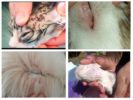
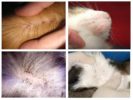
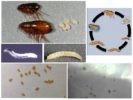

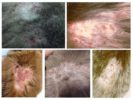
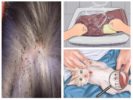
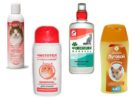
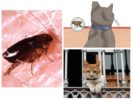
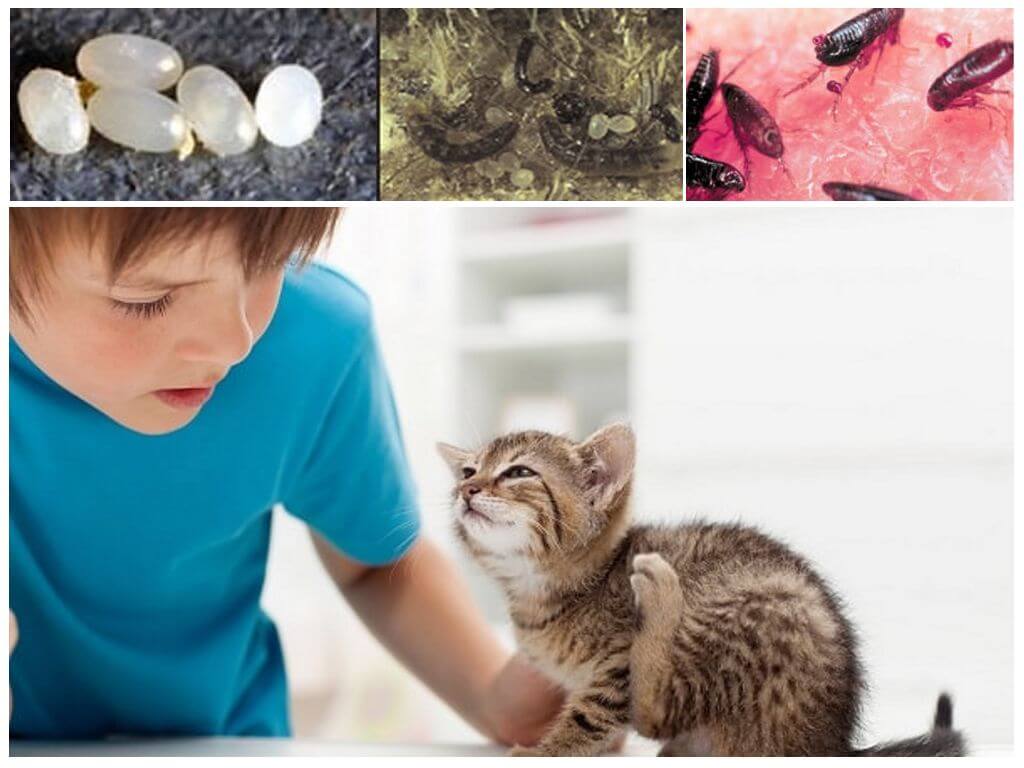
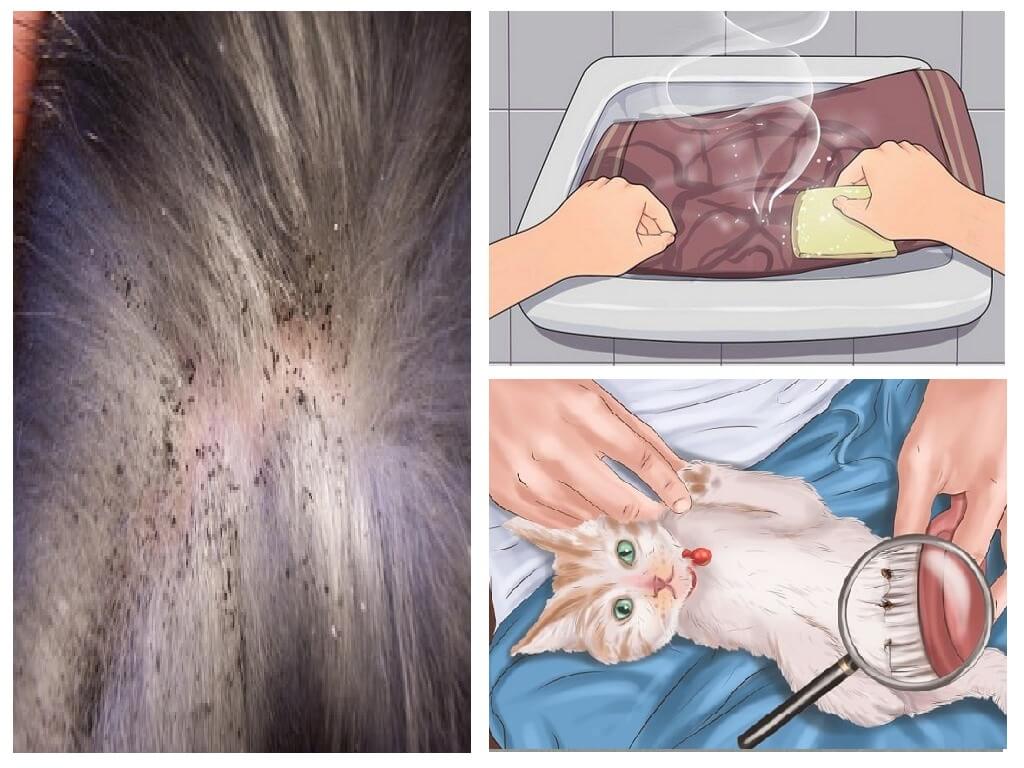
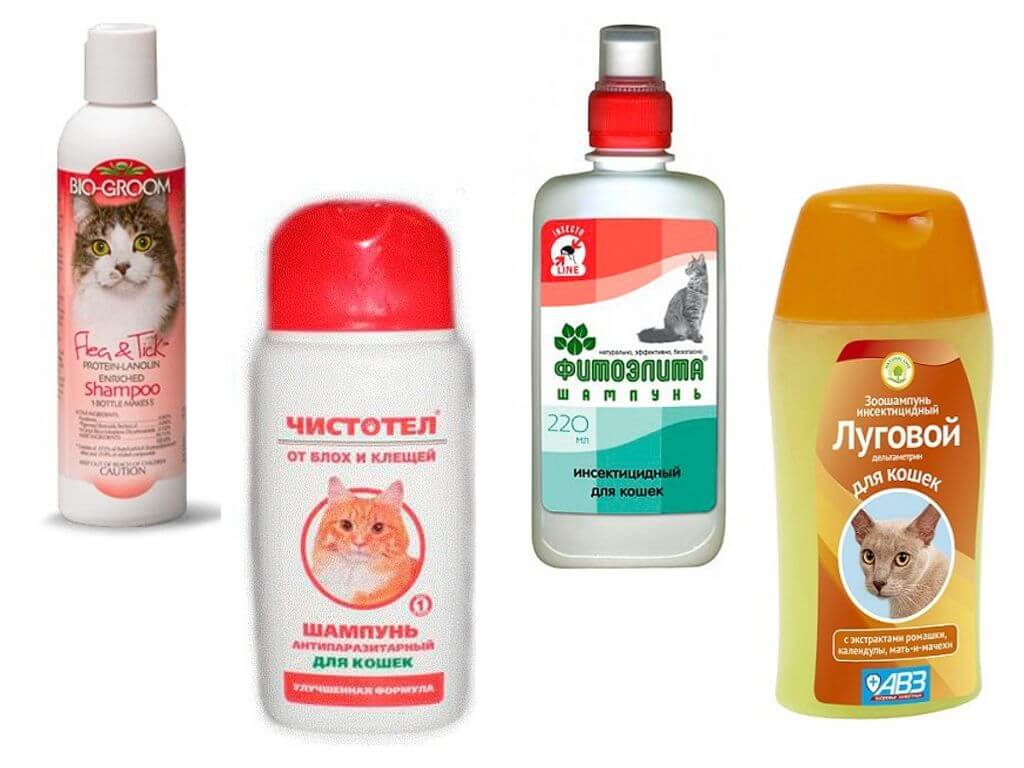
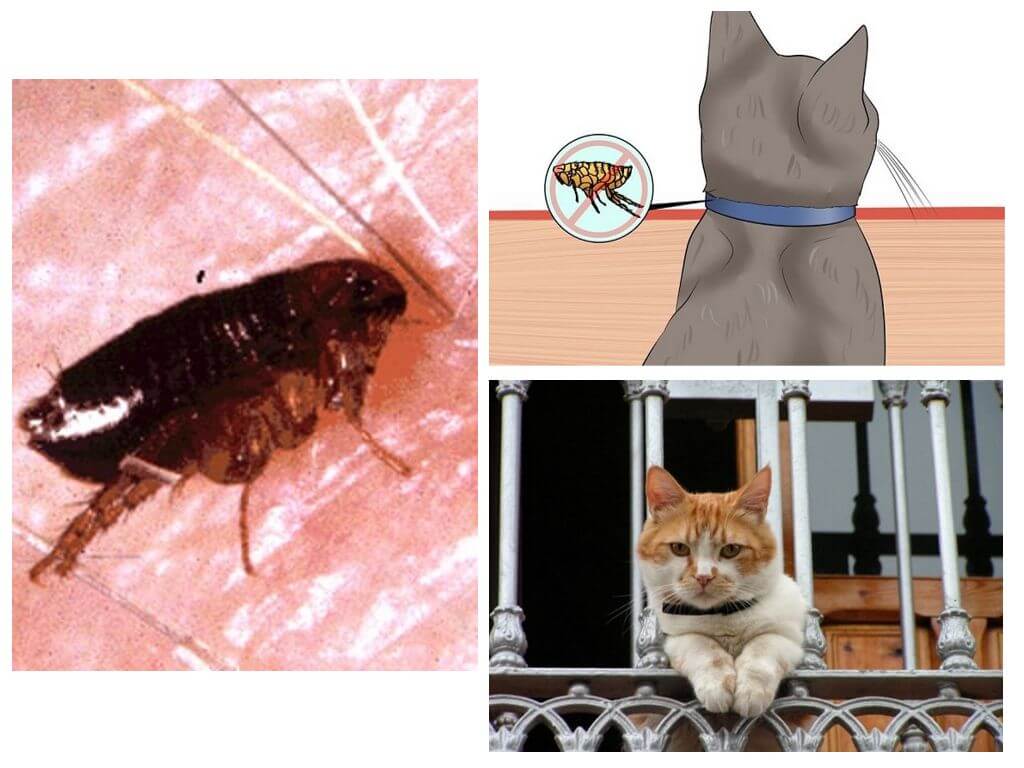
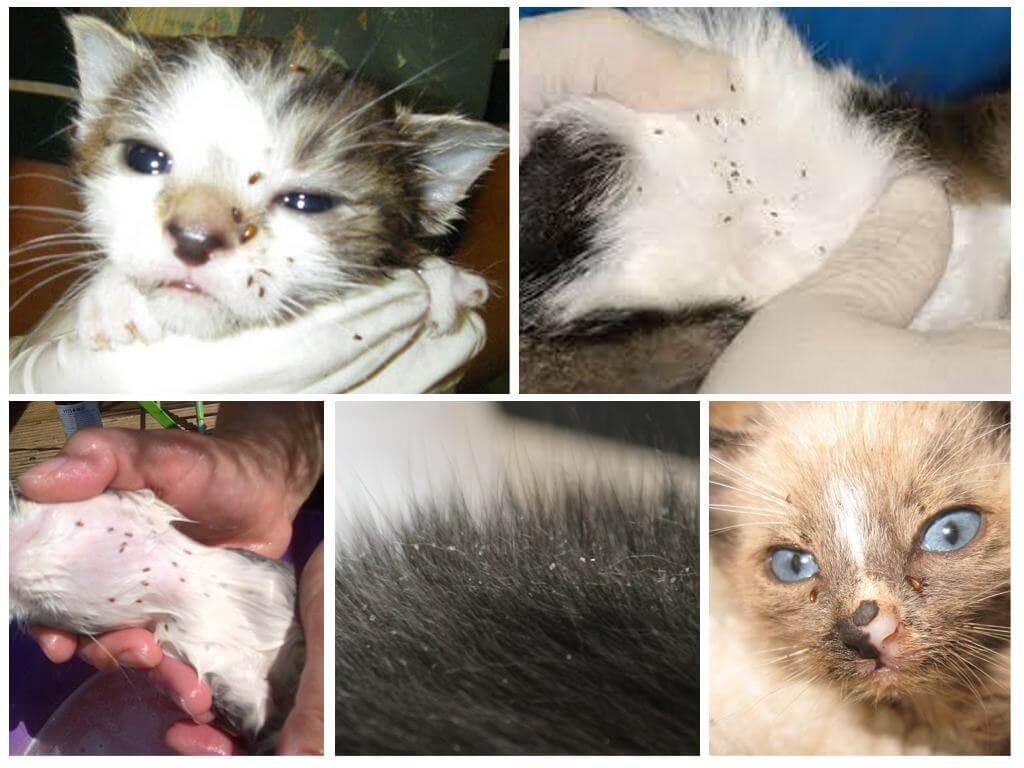
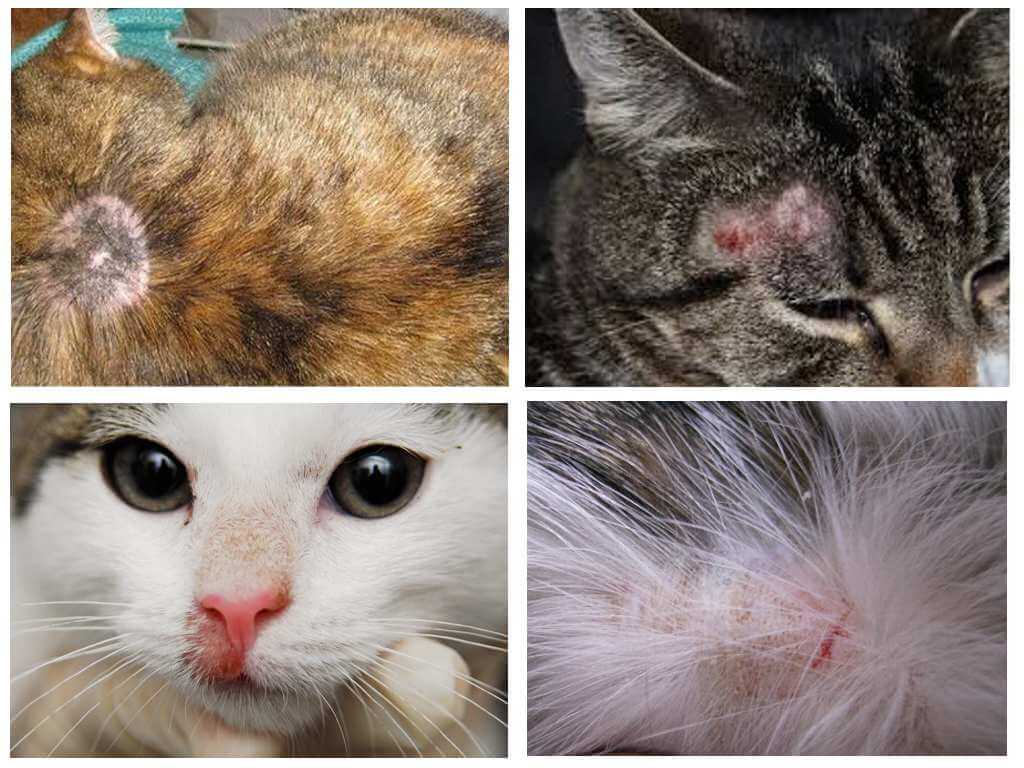
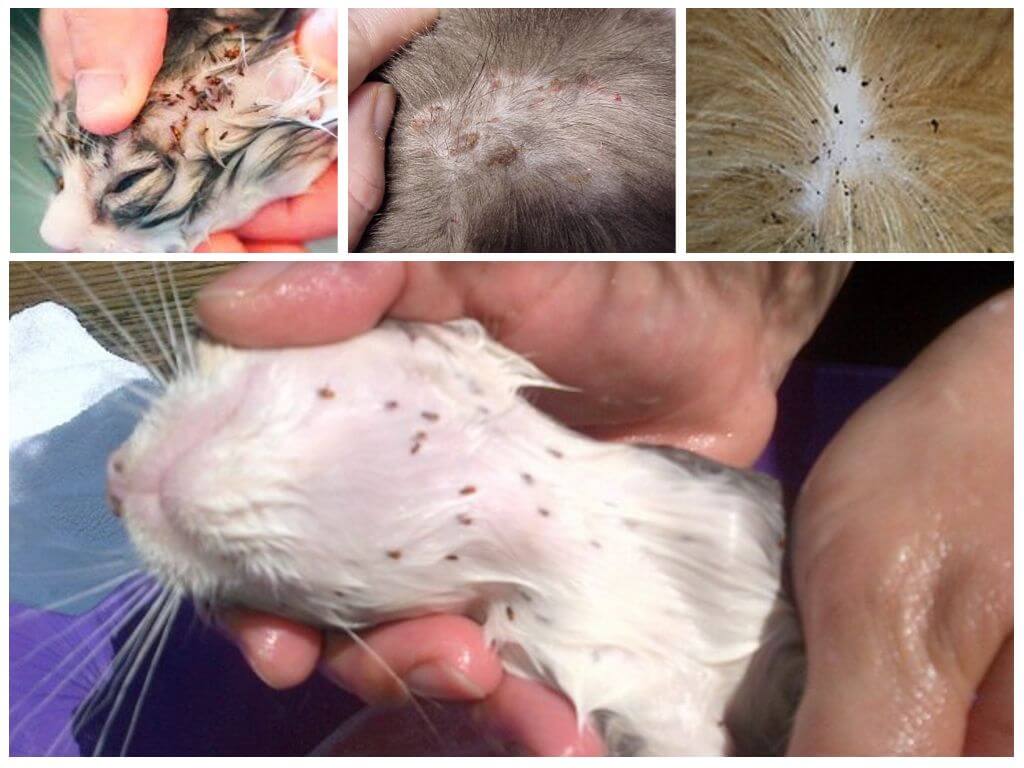
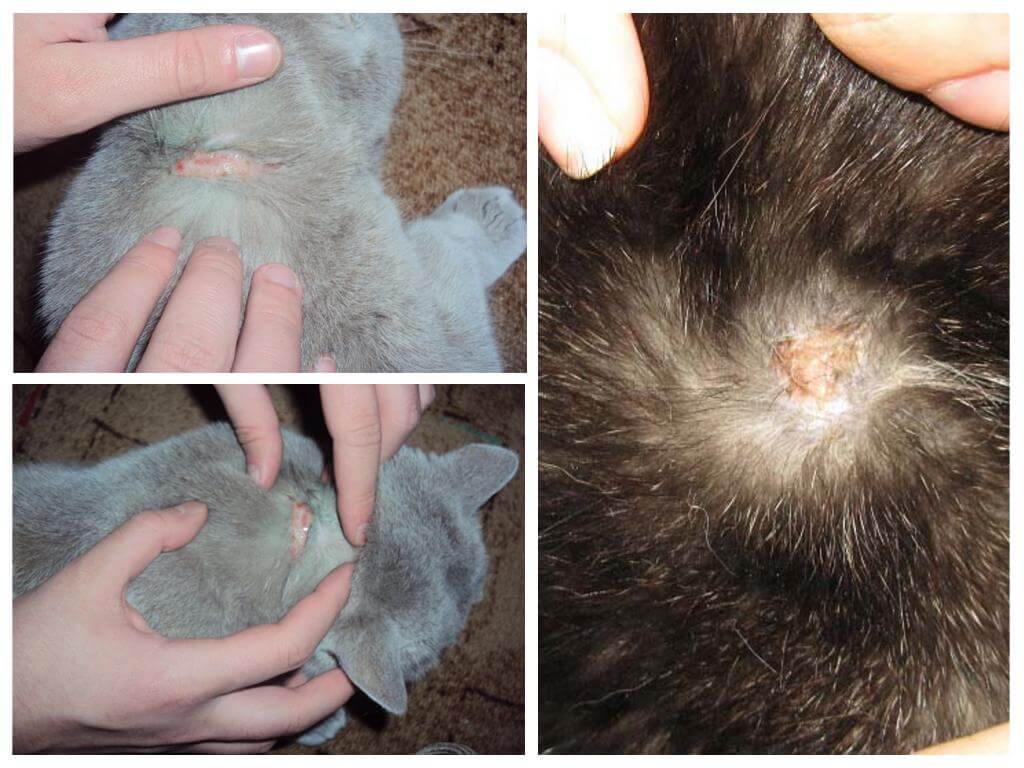
I washed my cat several times with shampoo, after which I put on my collar and this helped to get rid of fleas.